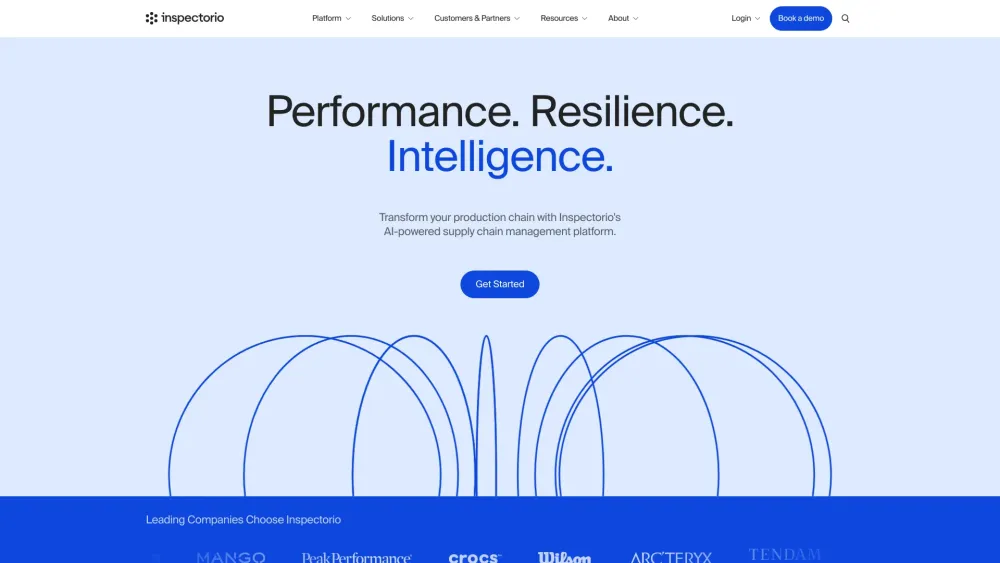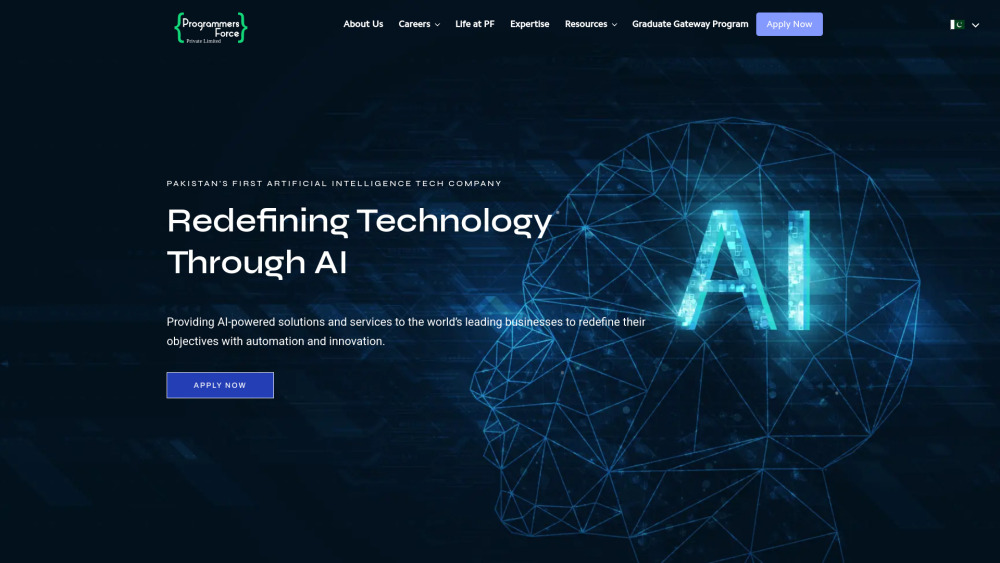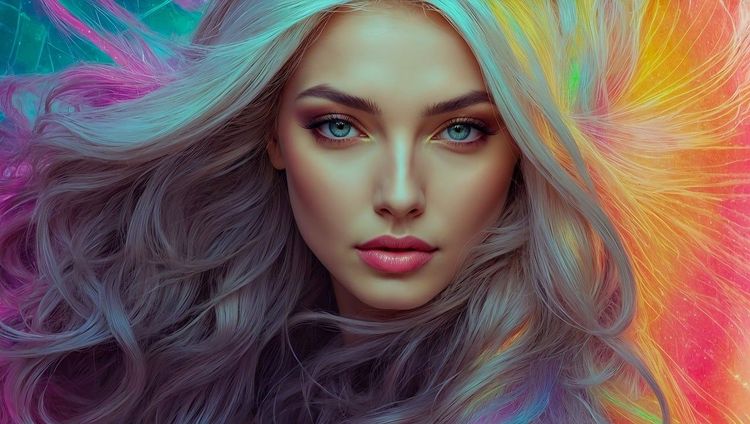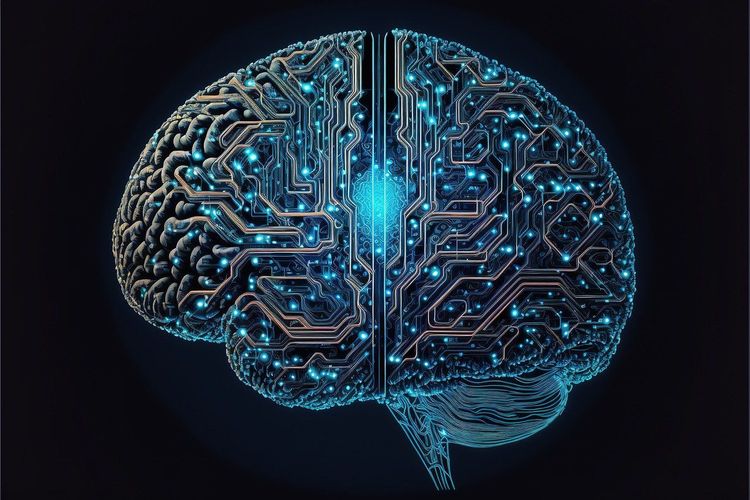Unlocking New Horizons in Art Creation with Artificial Intelligence
Most people like

Revolutionize your production processes with Inspectorio's cutting-edge AI-driven supply chain management platform. Enhance efficiency, visibility, and control throughout your supply chain today!

In today's competitive landscape, effective global patent retrieval and analysis play a crucial role in driving innovation and safeguarding intellectual property. By systematically gathering and examining patent data from around the world, businesses and researchers can identify trends, uncover competitive intelligence, and make informed decisions. This process not only enhances strategic planning but also fosters growth by keeping pace with technological advancements and market shifts. Join us as we explore the essential methods and tools for navigating the complexities of global patent information to empower your innovation strategy.

Discover Mixpeek: an advanced intelligent file storage solution that features robust search capabilities. Unlock the potential of your files with lightning-fast search functionality that makes organizing and retrieving your documents easier than ever.

In today's fast-paced, technology-driven world, businesses around the globe are turning to artificial intelligence (AI) to enhance efficiency and drive innovation. From automating routine tasks to providing data-driven insights, AI solutions empower organizations to stay competitive and adapt to rapidly changing markets. This guide explores various AI technologies tailored for global enterprises, showcasing how they can transform operations, streamline processes, and ultimately contribute to sustainable growth. Discover how implementing AI can revolutionize your business strategy and position you at the forefront of your industry.
Find AI tools in YBX


